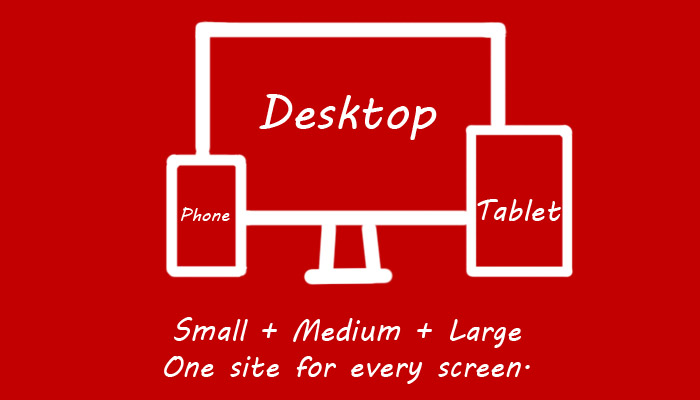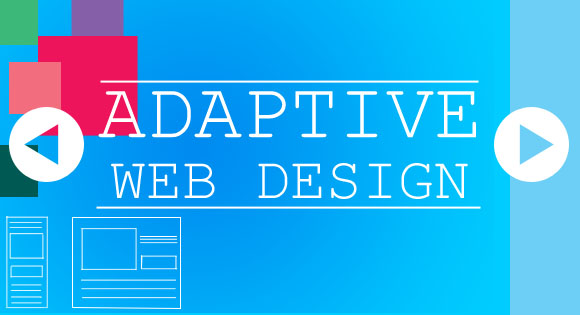When it comes to designing a website, it is a certainty that you need to adapt to the ever growing mobile device use. We are faced with more people using such devices to browse the Internet every single day. Because of this, you want to be sure that you are going to be able to find options that are the best for you and you have to learn everything about mobile web design. Let’s start by seeing the types of mobile website design trends at the moment for you to choose out of.
- Responsive Website Design
- Adaptive Website Design
- Mobile Apps
These techniques have been in place for about 4 years, I just wanted to make an updated post.
Responsive Website Design
This type of mobile website design is highly recommended by major search engines and you really need to consider it because of the various advantages offered. We basically end up with sites that will have the same exact URL, no matter the device and content is practically identical.
Through responsive website design we are faced with a site that changes its view and even element order based on gadget screen size. Browsers do download an entire page and will resize based on screen size.

A huge advantage of using responsive web design is that we have just one URL that is used. This automatically means that only one promotional campaign is needed. Also, the site will always look great, no matter the design used for browsing. Just one interface has to be modified when changes are needed so not much worry appears as such a task is needed.
The problem with responsive web design is that a site built without responsive features will have to be completely modified. That would cost a lot more than what many expect. Also, site content is going to be downloaded to the device even if it is not viewed when a page is accessed. That would lead towards a longer loading time.
Adaptive Website Design
One URL is used for every single device and the server will see what gadget is used. Downloads will only be done for the aspects that are necessary and that are optimized for the specific gadget used. Such a system is highly server dependent and work is practically done on it before content would be sent to receivers.

Because there is just one URL, the site facilitates networking. Servers deliver just necessary information so we are faced with fast load times. You can customize all the elements to perfectly fit every single device possible.
The problem with adaptive website design is that you have to prepare a completely separate site than what you have at the moment. The site will require increased maintenance. However, in most cases it would be offered by webmasters.
Mobile Apps
It has been a trend since past one year where E-commerce are moving towards mobile application instead of a Mobile version of their web. Though it offer some advantage like:
- reduces comparison shopping
- Ability to push user targeted messages
- Control over user movement
- and more…
Since this is out of the context of web design, I am warping it for now.
Conclusions
You should seriously consider choosing between the two options mentioned above instead of using a regular mobile website. This is something that you have to remember because the options are the best. If you need a regular site, the responsive option is definitely the best. The situations in which adaptive design would be necessary are not as many as you may think.
Cover image credits Sebastiaan ter Burg



